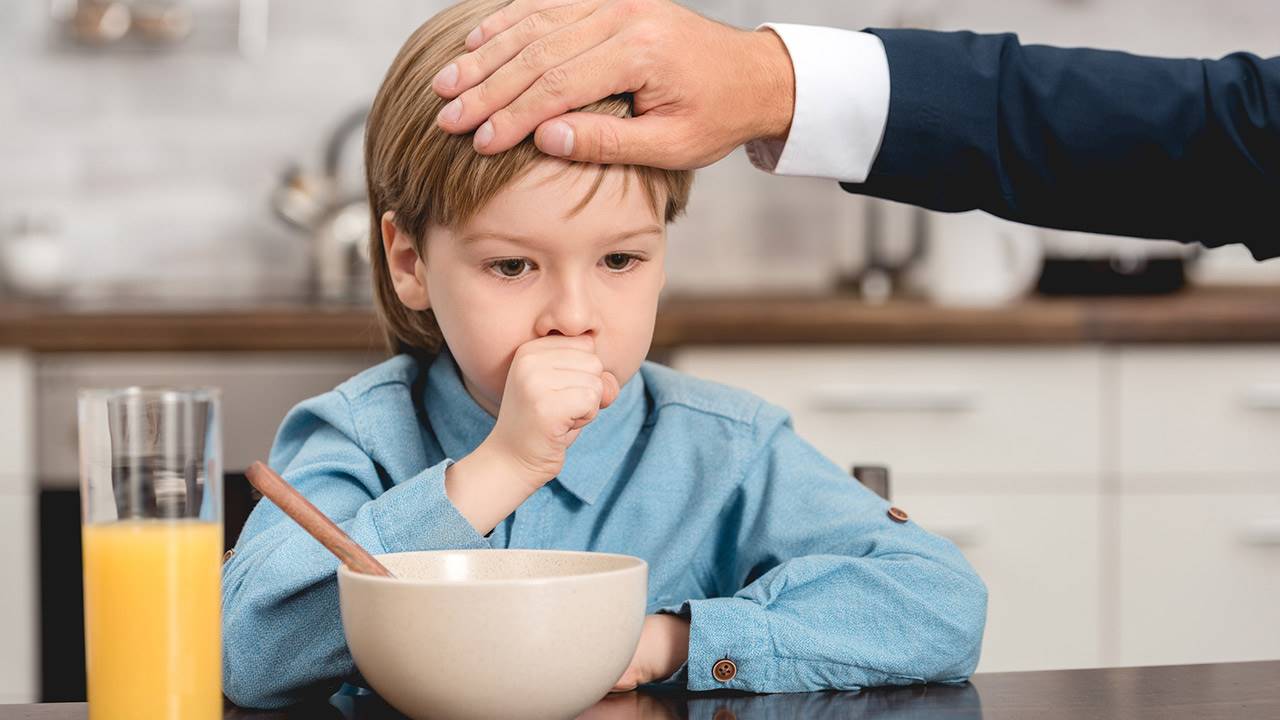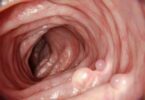Its main symptom is violent coughing in fits or paroxysms that can make breathing difficult.
The contagion is carried out directly from the sick person to the healthy person through the air, when speaking or coughing, essentially, by Pflügge drops. One of the characteristics of this disease is that a deep convulsive sound can often be heard when the patient tries to inspire.
This disease is caused by the bacteria Bordetellapertussis or Bordetellaparapertussis, exclusively human pathogens that can affect individuals of all ages and cause permanent disability in babies and even death.
The clinical manifestations of whooping cough are similar to the common cold. These symptoms usually appear within a week of exposure to the bacteria. In the case of children, everything ends in most cases in a rattle, a sound that occurs when the patient tries to take in air. It is rare for it to appear in children under 6 months and in adults. Other common symptoms are: diarrhea, mild fever and runny nose.
Whooping cough is especially dangerous for young children.
Whooping cough stages:
Incubation period: Lasts between 1-2 weeks. In this period the patient usually does not present symptoms.
Catarrhal or initial period: Lasts 2 weeks with catarrhal symptoms (rhinitis, sneezing, low-grade fever (if any), tearing, mild, dry and irritating cough, which becomes increasingly intense.
Period of convulsive or asphyctic state: It lasts about 4-6 weeks, takes a deep breath and begins with a sudden, uninterrupted, rushing cough that makes breathing difficult
Convalescence or remission period: It lasts between 1-3 weeks, they become less frequent until they disappear.
Pertussis can be prevented simply with a vaccine and in case of treatment apply antibiotics.









